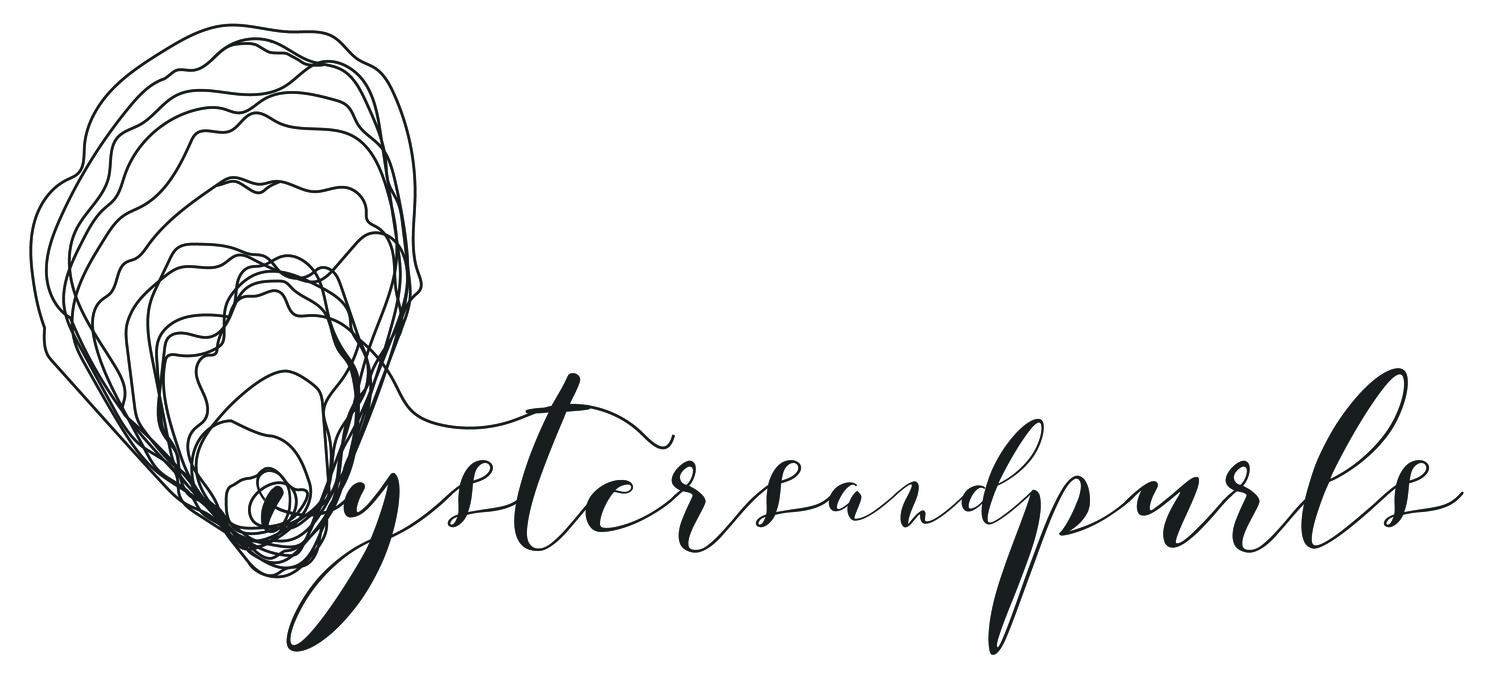Natural dye-along day 2
Hello, and welcome to day 2 of the dye-along! By now you should have fiber/fabric that’s been scoured and rinsed, ready to be mordanted.
There are two types of natural dyes: adjective and substantive. Adjective dyes require the use of a mordant to achieve the most durable and long-lasting colors. Substantive dyes, most of them rich in tannin, a naturally occurring mordant, bond with a fiber without the use of a mordant.
Mordants are metallic salts that facilitate the bonding of the dyestuff to the fiber. Cellulose fibers also require a tannin in order to bond well.
Mordant
We use aluminum potassium sulfate (alum) as mordant for protein fibers and aluminum acetate for cellulose fibers. Cream of tartar can also be used in addition to alum when mordanting wool. Its purpose is to assist the alum to bond with the wool, and it also keeps wool fibers soft. It is important to note that cream of tartar will shift colors, and in some cases, can inhibit the development of certain shades. In the case of cellulose fibers, you may choose to do a tannin bath prior to mordanting with alum as well, in order to achieve richer, darker colors.
Protein Fibers
For every 100g of dry fiber/fabric, dissolve 15% WOG (1tbsp) alum in hot water.
If using cream of tartar, also add 6% WOG (1 1/4 tsp) for every 100g of fiber.
Fill a pot with enough cold water to cover the fiber. Fiber needs to move freely in water, so as to assure consistent mordanting throughout.
Add the dissolved alum mixture to the pot and stir well.
Add scoured, wet fiber and slowly bring the water to 180°F, rotating the fibers gently every 10 minutes or so.
Hold at this temperature for an additional hour, continuing to rotate the fibers every 10 minutes or so.
Make sure all the fiber remains submerged at all times.
Turn off the heat and allow fiber to cool.
You may leave the fibers in the mordant solution overnight to cool, then remove excess water. Rinse fiber in similar temperature water.
The alum bath can be reused again by adding 5% (1 tsp) of dissolved alum per 100g of fiber.
Cellulose Fibers
If using the tannin and alum process, do the tannin bath first.
Measure the tannin according to its WOG recommendation, and dissolve in hot water.
Fill the pot/bucket with enough hot water 120°F - 140°F to cover the fibers.
Add the dissolved tannin solution to the pot and stir.
Add the scoured, wet fibers to the pot and stir.
Cover and let the bath soak for 1-2 hours, stirring occasionally.
Remove the fiber and rinse before proceeding to the alum mordant.
You can also let the fibers steep in the tannin bath for an additional 8-24 hours for deeper colors.
Proceed to alum mordant.
For every 100g of dry fiber/fabric, dissolve 5-10% WOG (1-2tsp) aluminum acetate in hot water.
Fill a pot with enough water to cover the fiber. Fiber needs to move freely in water, so as to assure consistent mordanting throughout. You can either heat the water on the stove or fill the pot with hot water from the tap (approximately 110-120°F). You may also use a clean bucket or container, if not heating on the stove.
Add the dissolved aluminum acetate mixture to the pot and stir well.
Add scoured, wet fiber, and rotate goods occasionally.
Hold for 45 minutes.
You may leave the fibers in the mordant solution overnight to cool, then remove excess water. Rinsing is not necessary.
You may store damp mordanted fibers in a plastic bag and refrigerate up to 7 days. You may also dry and store mordanted fibers for future use; we recommend using cellulose mordanted fibers within 6 months of mordanting.
The aluminum acetate bath can be reused again by adding 50% amount of required mordant.
A few resources for the steps outlined above:
https://botanicalcolors.com/how-to-mordant/
http://www.box19.ca/maiwa/pdf/Guide_To_Natural_Dyes.pdf
https://botanicalcolors.com/botanical-colors-how-tos/how-to-mordant-with-symplocos/
Now that we have completed the first few major steps, we are finally ready to create color! See you tomorrow, and bring along all those beautiful dye baths you’ve been working on the past few days!
P.S. In the spirit of #togetherapart, let’s share pictures and videos of our process on Instagram, and don’t forget to use #naturaldyealong so we can all see them!

